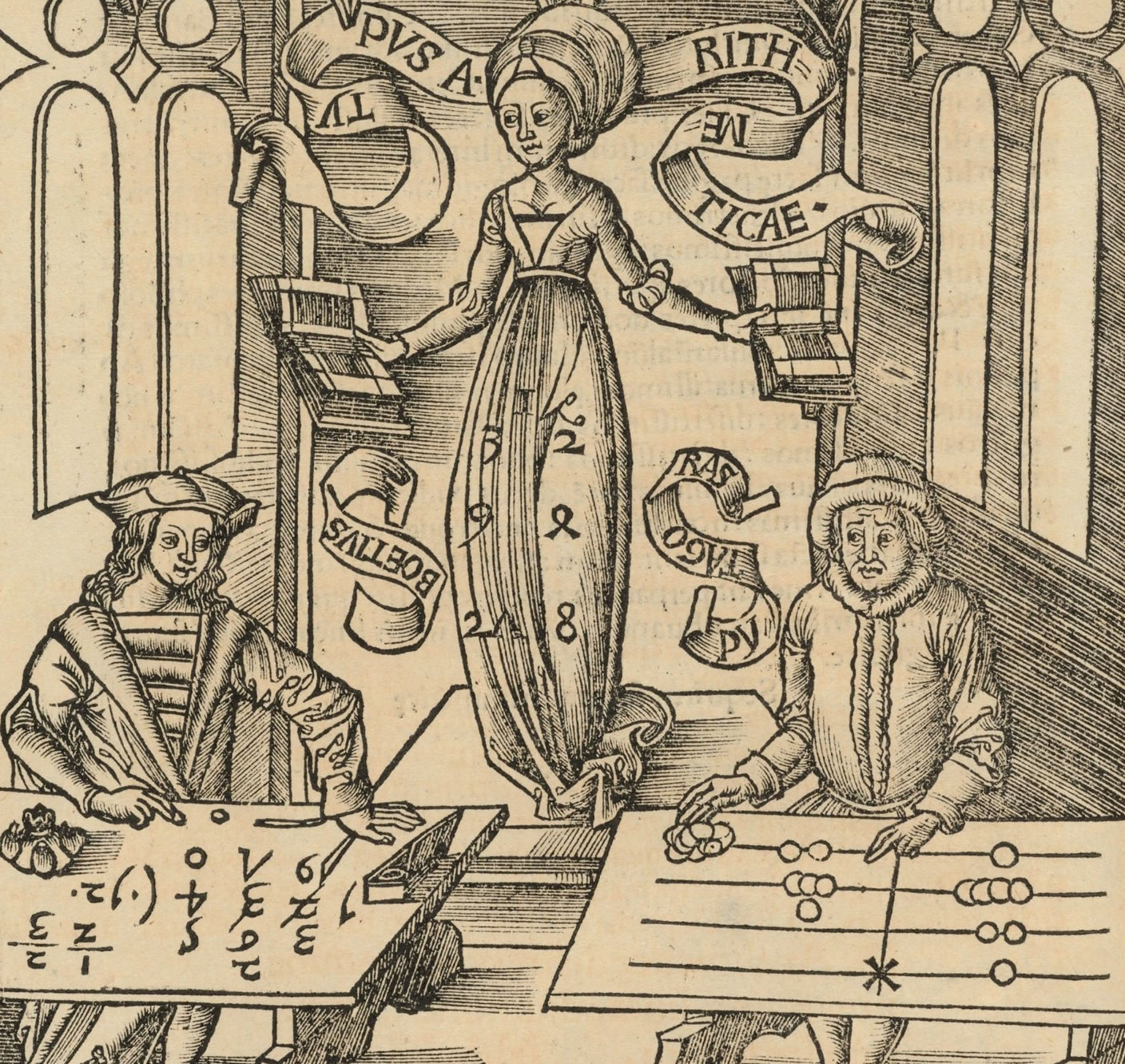Dispute between abacists and algorists
Man has always striven to simplify life by using technical aids. And this was also the case with counting and calculating. So the abacus was used in different forms for centuries. Even today the abacus is used in East Asia, India and Russia.
In the thirteenth century the system of calculation with written numerals in use in the Arab world was introduced into the Western world first via the Arabs and then by Leonardo of Pisa, known as Fibonacci. Fibonacci above all sought in his "Liber abaci", the "Book of arithmetic", to persuade merchants of the great benefit of Indo-Arabic arithmetic.
Ideological conflict until the French Revolution
However, the authorities and the church were set against the widespread introduction of calculation with numerals. So even as late as 1300 there was a ban in various Italian cities on using Indo-Arabic numerals in contracts and official documents. An ideological conflict lasting centuries then began between the abacists, who stuck to calculating with the abacus and continued to use Roman numerals, and the algorists, the adherents of written calculation with Indo-Arabic numerals and place-value writing. It was only in the course of the 1789 French Revolution, when the abacus was banned from schools and administration, that Indo-Arabic numerals could finally be imposed throughout Europe.
The anachronistic picture from "Margarita philosophica nova" shows on the right the ancient Greek scholar Pythagoras as representative of the abacists with an abacus. On the left can be seen the late Roman philosopher Boethius, who is already calculating with the new Indo-Arabic numerals and represents the algorists. In the middle is Arithmetica, who has decided the dispute between abacists and algorists in favour of the algorists.
